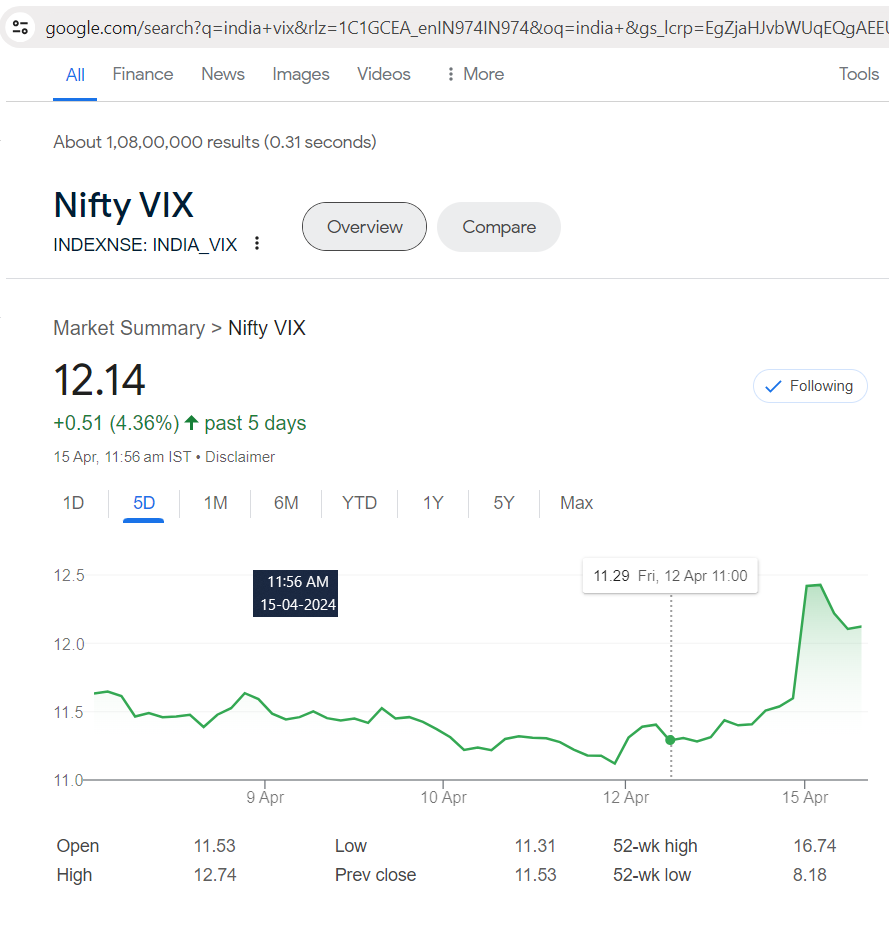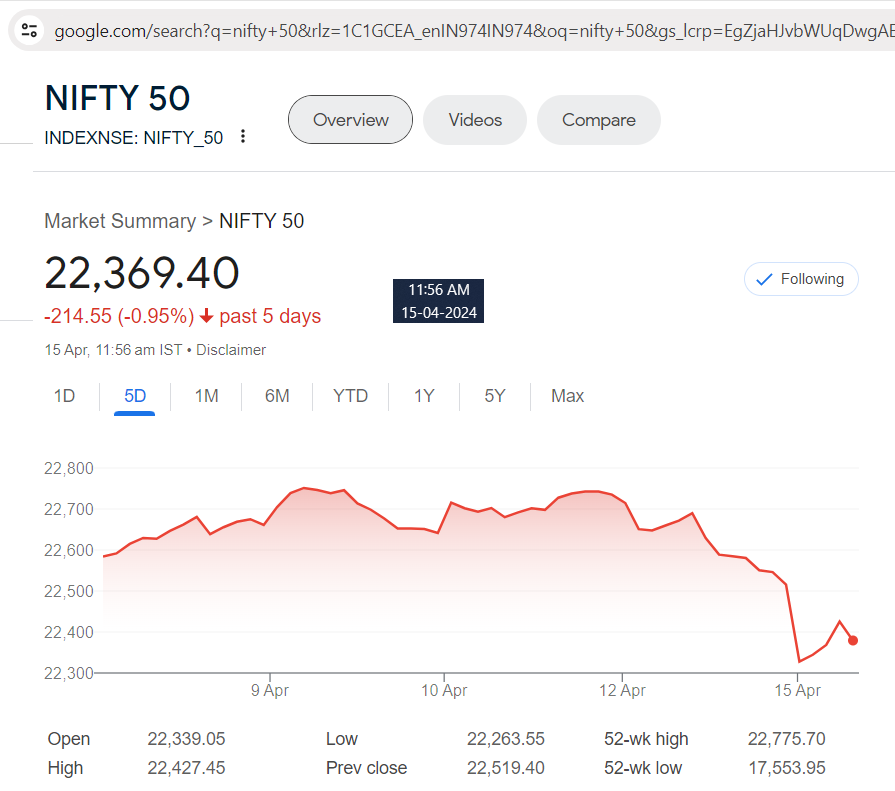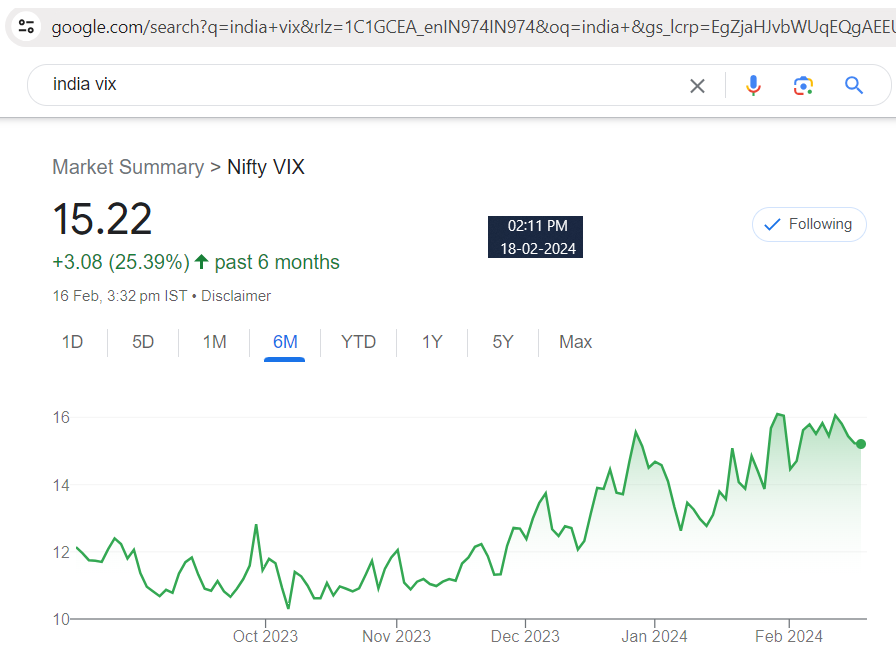A Note: This post was written on the 17th of Jan 2024. During this time the pre-market session was from 9:00 AM to 9:15 AM. If it changes in the future please refer to the stock exchange website for timings.
Not many investors and traders knew about pre-market sessions and demergers until the Reliance Industries Ltd (RIL) and Jio Financial Services Ltd (JFSL) Demerger. Since Reliance is a popular company it made demerger popular. People started Googling the word demerger and pre-market session. What was the reason? Searching for demerger is obvious but pre-market and price discovery were searched because on Thursday, 20 Jul 2023 there was a special pre-open price discovery session between 9 AM and 10 AM to discover Reliance (RIL) price ex-Jio Financial. Normal trading in Reliance Industries took place only after 10 am.
This was new for Reliance shareholders and those who keep an eye on share market news. The usual time for pre-open sessions is from 9 to 9.15 am to discover the price of the stocks to start trading from 9.15 am. But for demergers and mergers, extra time is required. So that special one-hour session for Reliance was done.
No this was not the first time it happened. But usually when it happens in a small or not much-known company people tend to ignore it. However, Reliance is a top-rated company so it caught the people’s attention. In this article, I will explain in simple language what pre and post-market sessions are and why they are required.
What is a Pre-Market session?
The pre-market session is done for price discovery of all stocks in the secondary market. The secondary market is a financial market where investors buy and sell securities that a company has already issued. For example ITC, Reliance, Wipro etc. This is different from the primary market, where new securities are issued and sold to the public for the first time. The primary market is the IPOs. Once listed the stock is traded in the secondary market.
The secondary market closes every day at a certain time and opens on the next trading day. Now here is a problem. Suppose a company XYZ closed at ₹30 on date 10, then on the 11th it cannot open at ₹30 especially if some news had come while the stock was not traded. So who will decide the opening price of that stock? The answer is the Price-Discovery session. Those 15 minutes of trading can discover the opening prices of the security.
This is a practical example of how the pre-market session works:
In the pre-market session, any trader can log in to their trading account and place a limit order to buy or sell a stock. The system takes note of the price traders are willing to buy and sell a stock. This helps in locating equilibrium prices for the day. The pre-open market session comprises 3 phases viz. the order collection period lasting for 8 minutes, the order matching period lasting for 4 minutes and the buffer session of 3 minutes to ensure a smooth transition to actual trading. The price bands applicable in the pre-market session will be the same as in the normal market.
Breakdown of the Pre-Open Market Session:
1) The Order Collection Period
It’s also known as the order entry session. It starts at 9 am and ends at 9.08 am. As soon as the pre-market session starts the order collection period starts. During this period the trader can place limit orders to buy and sell shares. They can modify or cancel the orders as well. The system will randomly close the session between the 07th minute and 08th minute, no orders can be placed, modified, or cancelled after the closure of this period.
Can a trader create a limit order for options and futures?
No. Price of the futures and options (FnO) is derived from a method (Black-Scholes pricing model) that can function only when the underlying stock or index is being traded. In the pre-market session, stocks are not traded. If someone places an order in FnO it will be rejected.
2) The Order Matching Period
The order matching period starts at 9.08 am and ends at 9.12 am. What happens here? In this session, the order confirmation and the order matching are completed. This is done by the backend software to decide the opening price of a stock. How this is done?
It constitutes of three steps:
1) First – the eligible limit orders are matched with eligible limit orders.
2) Second – the residual eligible limit orders are matched with market orders.
3) Third – market orders are matched with market orders if any.
3) The Buffer Session of 3 minutes
This starts at 9.12 am and ends at 9.15 am where the actual trading begins. As you can guess where the volume of trading is low but still it helps to make a smooth transition to open-to-all live trading.
Does a pre-open session reduce volatility?
Yes, it does help to reduce volatility by helping arrive at the equilibrium price based on demand and supply. For example, if demand (buy orders) is more than supply (sell orders), then the price has to open above the last closing price. The real-time demand and supply decide the best opening price for that stock. This way the opening price of a stock is justified which leads to a reduction of speculative trading and brings down the volatility.
This is the real reason for having a pre-market open session which brings stability in the markets.









 Testimonial by a Technical Analyst an Expert Trader - Results may vary for users
Testimonial by a Technical Analyst an Expert Trader - Results may vary for users
 60% Profit Using Just Strategy 1 In A Financial Year – Results may vary for users
60% Profit Using Just Strategy 1 In A Financial Year – Results may vary for users

 Testimonial by Housewife Trader - Results may vary for users
Testimonial by Housewife Trader - Results may vary for users